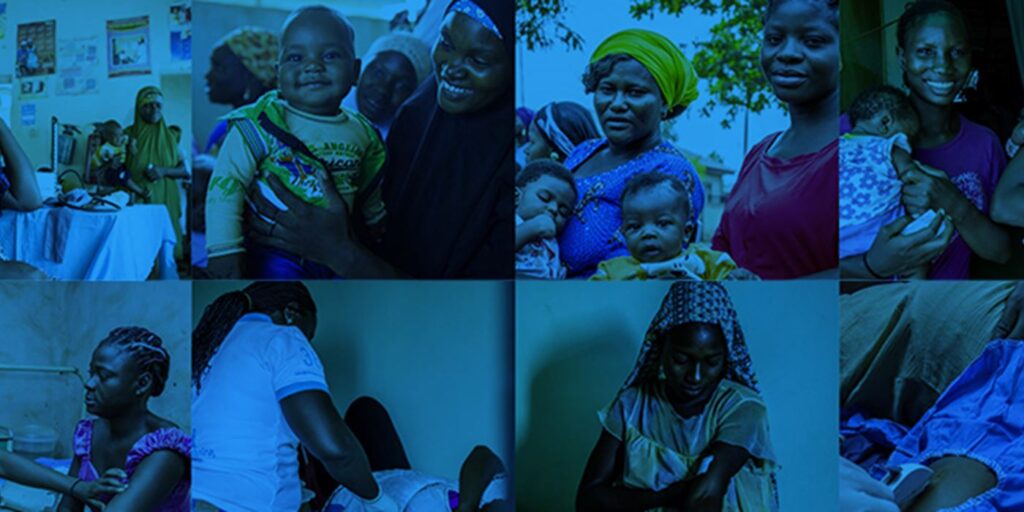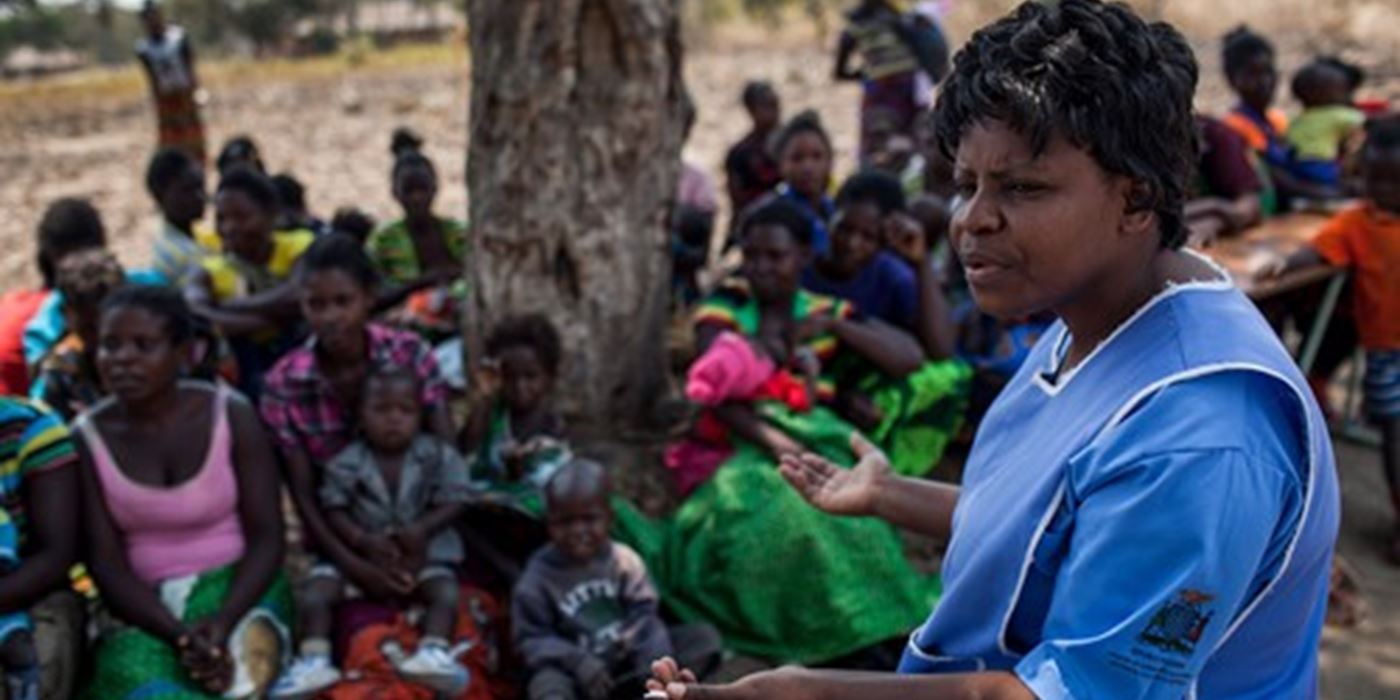
By ‘Wale Balogun (@jwb268)
A man can impregnate several women every day for nine months; but a woman can only get pregnant once in nine months, regardless of the number of times she ovulates or the number of eggs she produces during each circle of ovulation.
This reality will naturally prompt questions like, why is the pressure of contraception and family planning on the female gender? Why do we have limited choices of contraception for men? Some other questions that get asked are: Can men truly feel a vaginal ring, coils, or diaphragm? It is only fair to ask these questions, right? So let us dig in a bit to explore the various discussion points that have emanated from this long-standing debate.
What is contraception?
Contraception is commonly understood as the use of artificial methods or other techniques, by choice, to prevent the occurrence of pregnancy. During sexual intercourse, if a man’s sperm reaches one of the woman’s eggs (ova), the woman will get pregnant, expectedly. Therefore, contraception is an effort to prevent this from happening, through a process that keeps the egg and sperm apart, thus, stopping egg production and preventing the combined sperm and egg (fertilised egg) from attaching to the lining of the womb. This effort and process are what contraception or family planning is all about. Every individual reserve the right to choose if and when to have children. Like it is said, your body, your choice!
What contraception choices are available and to which gender?
Minding the opening paragraph of this piece, one would expect that the contraceptive choices available to men should double, if not triple the choices available to the women. Unfortunately, the reverse is the case. For the women, the methods available include Intra-Uterine Device (IUD), contraceptive implant, injectables, regular contraceptive pills, female condoms, emergency contraceptive and Tubal Ligation. That is seven in number if you were counting.
For the men folks, the gender capable of serving many women pregnancy as and when they so please, without any limitation, except those orchestrated by the supreme being, there are largely two effective methods, the male condoms and vasectomy (sterilization). Let us focus on the choices available to men and why many men are still reluctant to embrace the use of contraception.
In the early days and up till now for many men, they rely on the withdrawal method, where a man pulls out just before ejaculation. This method is not effective as it holds high risk, for unintended pregnancy, imagine the uncertainty surrounding precision of withdrawal by a man at such cloud-nine-like moments.
Male condoms are effective in preventing unintended pregnancies and sexually transmitted infections when used correctly and consistently. The failure of many to use a condom during sex is hinged on excuses and claims which include, lower sexual satisfaction (as skin or flesh contact is deemed to yield more pleasure), unavailability of the right size of condoms, unavailability of condoms at moments of heat, how boring and uncomfortable the use of the female condom could be, and most commonly, ignorance, as many forget that the use of condom prevents more than unwanted pregnancy, it prevents STIs.
The last established method of contraception for men is Vasectomy, otherwise called sterilization. This is a permanent method which is deemed irreversible and if at all, it can only be done through a complex surgical procedure. How well have men embraced this? Not so well. Not even many advocates of male contraception through vasectomy have opted for the contraceptive method.
Why are men hesitant to embrace contraception?
The reasons are not far fetched and they include:
- Limited contraceptive methods for the male folks
- The fear of vasectomy which is a permanent method
- The myth that if you get a vasectomy done, you may be unable to have an erection to have sex afterwards, procreate or become impotent as many loosely use the expression
- The concerns over unending what-ifs, which often spring many questions
- Cultural factors
- Religious beliefs
- Absence of common access to the service
- The fear of women that their men may not be able to satisfy them sexually and they may become incapable of having children in the event of any unfortunate incident to their children.
- Superstitions and some other reasons, including the fear of the unknown.
How then do we move out of this injustice to the female gender?
We need to refocus on the gender that holds greater overpopulation threat and can cause more damage in terms of procreation or reproduction. I am strongly advocating that the focus on who should take contraception should shift from the female gender to their male counterpart and this would mean that beyond the botched efforts that we have seen during the testing of some male contraception in India, and the news that an injectable male contraceptive which lasts approximately 13 years had completed a clinical trial in same India, scientists focusing on sexual and reproductive health across the world would need to double efforts to produce safe, available, accessible and affordable short-term and long term contraception methods for men.
With a variety of options to choose from to make choices just as the women can do presently, that the advocacy for refocusing of contraception demands on the right gender – the male gender – can yield the desired impact. Young men who are yet to get married and start having children but are sexually active can also stay active safely without the fear of or total disregard for unwanted pregnancy. But until then, men should act more responsibly by using condoms.
Fire Condoms, whether Fire Xtacy which is studded, ribbed, contoured and flavoured or Fire Xtra which is super-dotted, flavoured and with extra time lubricant, have proven to be a credible brand that gives comfort and greater stimulation, an experience that is next to the highest rate skin2skin, using the street parlance.








